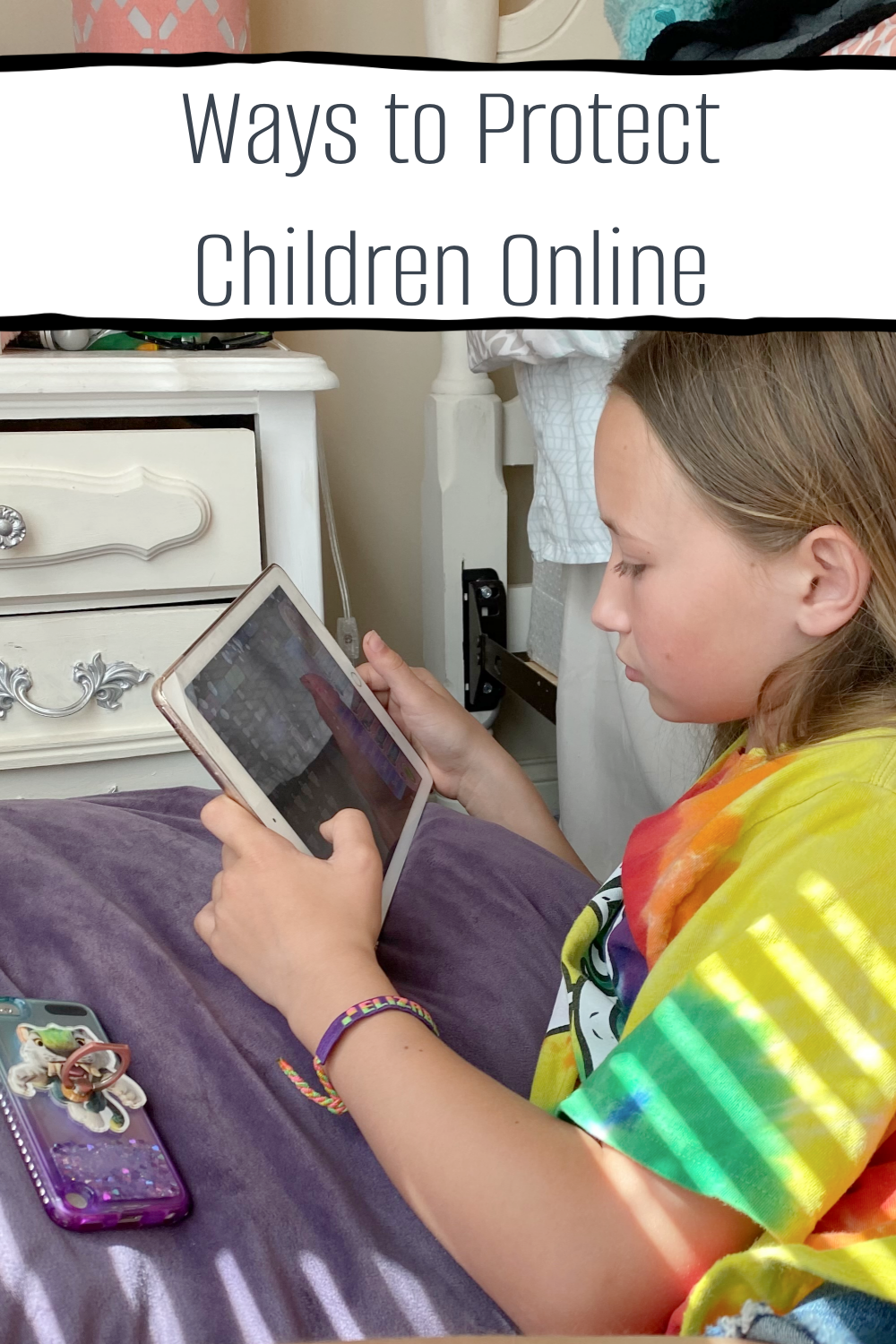Whether it's a minor mishap like a scraped knee at the park or something more alarming like a fever in the middle of the night, readiness is crucial. With the right knowledge and supplies at hand, you can respond with calmness and efficiency. This not only helps to minimize harm but could also be life-saving.
This guide will walk you through essential parenting skills needed to manage your child's medical emergencies confidently. Let's dive right in!
Recognizing Common Medical Emergencies
For example, a burn needs cool running water, while a choking child may need back blows and abdominal thrusts if they can't cough, breathe, or speak. Knowing the signs and correct responses can drastically improve the outcome.
Keep Healthcare Supplies On Hand
Keeping these healthcare supplies readily available can help you address an emergency swiftly and effectively. Remember to check your kit regularly to replace used or expired medications.
Moreover, you can get these supplies delivered to your doorstep from online resources. This ensures you can maintain good health at home. These also guide you in choosing the right product for the right situation and the relevant problem.
Learn Basic First Aid and CPR
Similarly, CPR training is crucial for dealing with life-threatening situations where breathing or heartbeat has stopped. These skills are not only vital in emergencies but also increase your confidence as a caregiver. Committing to these learnings and periodically refreshing your knowledge ensures you are prepared to provide critical care when seconds count.
Handling Severe Allergic Reactions
After that, call emergency services right away. While waiting for help, keep your child lying down and cover them with a blanket. Do not give them anything to drink.
Develop an Emergency Action Plan
Educate your kids about basic safety, such as their full name, address, and how to dial emergency numbers. Posting these numbers prominently at home can help in emergency situations.
Stay Calm and Reassuring
Your ability to remain composed under pressure can significantly influence how your child reacts and copes with the emergency. Remember, your calmness not only comforts your child but also enhances your effectiveness in managing any emergency situation.
Handling Fractures and Sprains
In case of suspected fractures:
1. Keep the area immobilized and avoid applying pressure or trying to realign the bones.
2. Cover any open wounds with sterile gauze to prevent infection.
3. For both conditions, seek medical attention promptly to ensure proper treatment and prevent further injury.
Avoid giving any medications until a healthcare provider has been consulted, especially if a fracture is suspected.








No comments
Thank you for dropping by! I would love to hear what you thought. :)
Thanks!
♥,
Diana